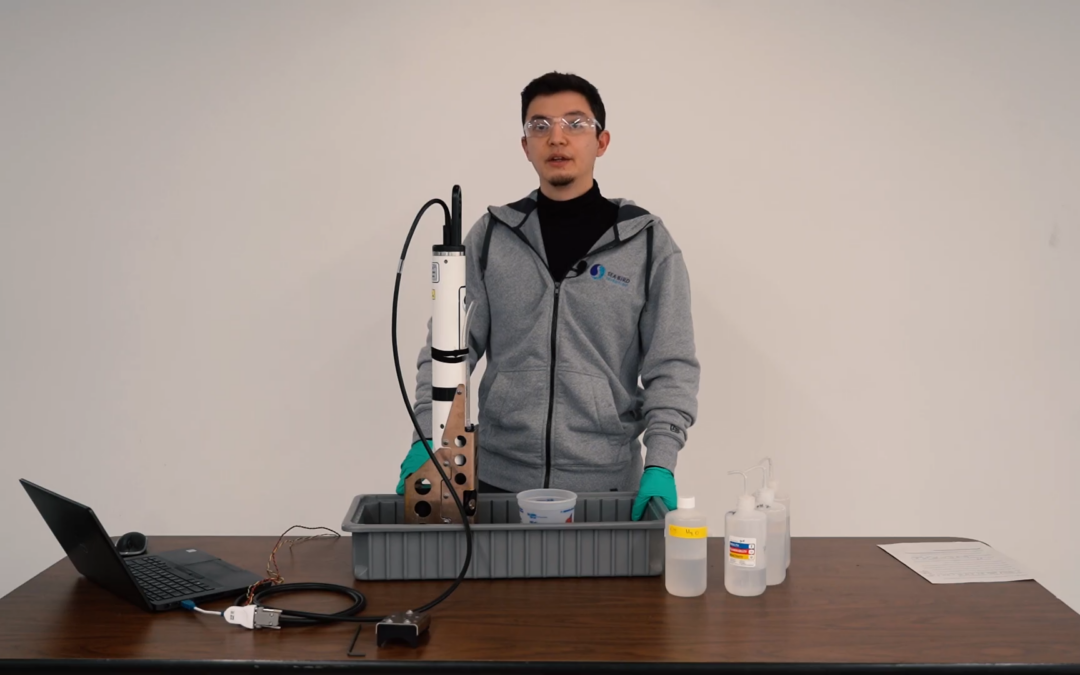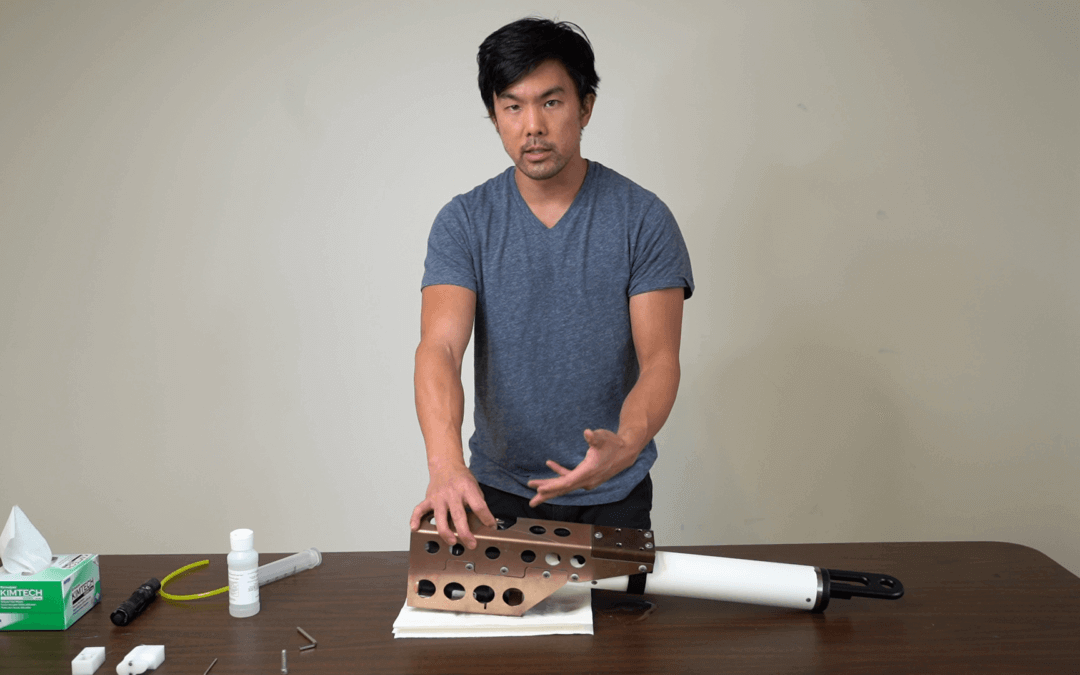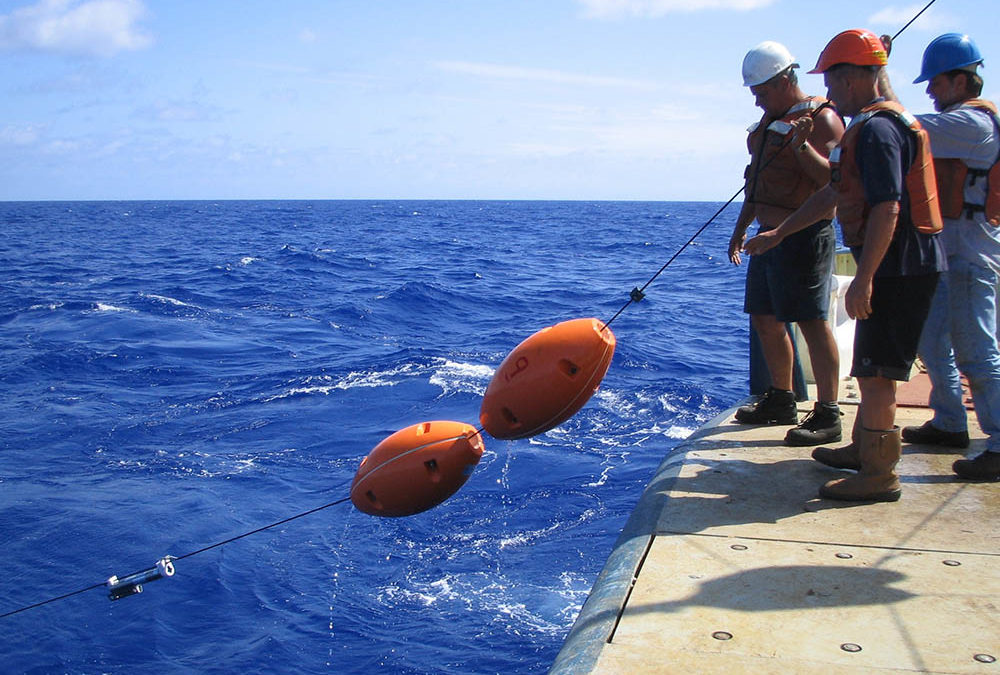Join us for a special Sea-Bird University session covering how to use, maintain, and process data from this new HydroCAT-EP V2. Classes are held virtually and registration and attendance are 100% free. January 26th, 300:pm PST.


Join us for a special Sea-Bird University session covering how to use, maintain, and process data from this new HydroCAT-EP V2. Classes are held virtually and registration and attendance are 100% free. January 26th, 300:pm PST.

Grab some pH buffer solutions and follow Cody Littleton, our primary HydroCAT-EP Service Technician, as he walks you through how to calibrate this pH sensor.

We’ve built new safety features around the HydroCAT-EP V2’s pH sensor. Watch Greg teach you how to properly flush and store your pH sensors to get the most out of your gear.

The HydroCAT-EP V2 is the next generation of multiparameter instruments. It measures CTD data alongside dissolved oxygen, pH, fluorescence, and turbidity, all within a single self-contained package. Learn about the new changes to this product.

SeaCATs, the CTD family consisting of the 16plus V2 and 19plus V2, were first developed in late 1985 back when Sea-Bird had barely evolved past a garage operation. When a customer requested a moored CTD – the first that Sea-Bird had ever built, Sea-Bird's team...

The acronym “CTD” might unofficially represent more than just conductivity, temperature, and depth. Since most CTDs include one or more auxiliary sensors, a given CTD package might technically be called a “CTDpHDOFLNTUTr” (CTD + pH + dissolved oxygen + fluorescence +...

Did you know that the sensors that power BGC-Argo are also in heavy use on shipboard and moored platforms? Learn about the analogous BGC sensors for deployment on moorings and vessels, and how your field crew can keep stride with ocean robots.

Conceptually, inductive moorings seem complex – communicating with 100 instruments through a single cable doesn’t exactly sound intuitive. But, in practice, the setup is surprisingly simple. Watch our latest video to see how easy it is to test and simulate an inductive modem mooring.

Deploying a moored CTD can be a game of trust. Nobody wants to return to their long-estranged CTD to find poor data quality. Of course, nobody wants to visit the middle of the ocean everyday either. Fortunately, we’ve created a basic troubleshooting guide for moored...

Inductive modem moorings are capable and flexible. Learn how 1 mooring line can facilitate real-time data for up to 100 instruments, in 5 unique configurations.
Overview This highlight was developed in partnership with the British Antarctic Survey. Sea-Bird Scientific interviewed Peter Davis, Ph.D., co-PI of the MELT project, as part of the International Thwaites Glacier Collaboration at the British Antarctic Survey. Dr....
When service technician Jenn Wilson received an invitation from Schmidt Ocean Institute to join their 21-day expedition aboard Falkor (too), she knew it was a rare opportunity. She wasn’t just joining a crew - she was helping make history. The mission: to explore...
Overview This case study was developed in partnership with the University of Washington (UW) Ocean Technology Program. Sea-Bird Scientific partnered with Sasha Seroy, Ph.D. and a select group of students at UW to explore the use of the Deep SeapHOx™ V2 pH sensor in...